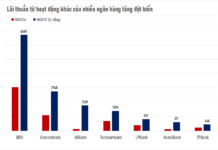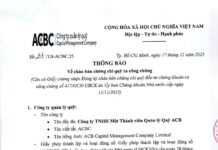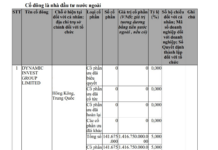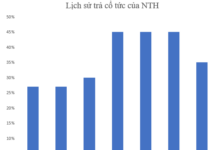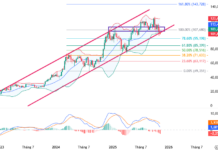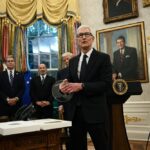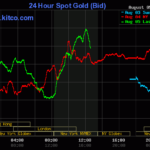On August 1st, US President Donald Trump followed through on his pledge to impose the full range of retaliatory tariffs first announced back in April. Most Asian countries can breathe a sigh of relief as their tariffs remain at 20% or lower. However, the future of these trade agreements remains uncertain.
Heng Koon How, Director of Market Strategy at UOB Bank (Singapore), commented that this uncertainty, coupled with the risk of a global and US economic downturn in the second half of the year, is why the US yield curve could continue to steepen, putting downward pressure on the USD.
According to UOB’s expert, both in the short and long term, the more significant impact on the USD will occur when tariffs force countries to diversify their trade to other markets, reducing their dependence on the US. “This will diminish the use and role of the USD in global trade, negatively affecting its value,” said Heng Koon How.
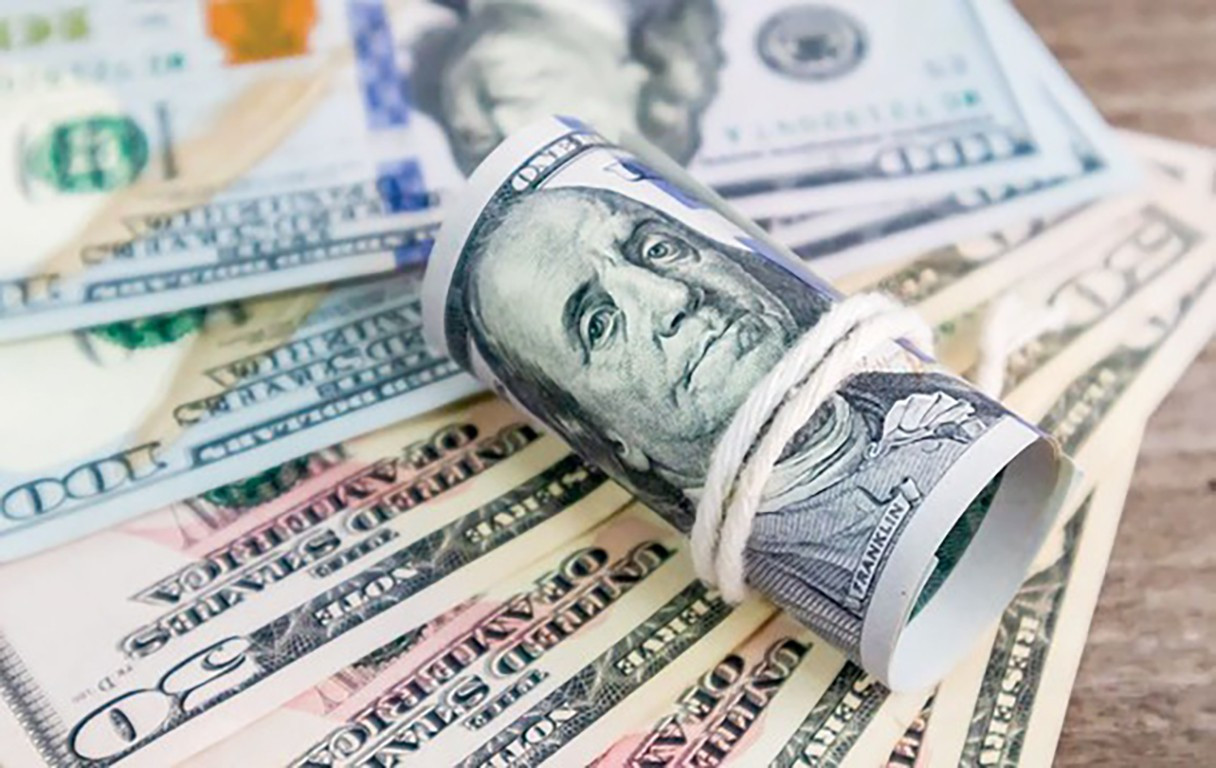
With the USD facing depreciation pressure, the demand for safe-haven assets is expected to remain high. Illustrative image.
UOB predicts that the Fed will resume interest rate cuts at the Federal Open Market Committee (FOMC) meeting in September, following the disappointing non-farm payrolls report for July. The three-month average of new jobs has been adjusted down to just 35,000, close to a “stall” threshold, reflecting a weakening labor market.
Heng Koon How stated that if the Fed cuts rates again, it would push down short-term interest rates, while long-term rates, such as US Treasury bond yields, could remain elevated due to concerns about the unsustainable public debt burden. As a result, the US yield curve is likely to steepen further, exerting additional pressure on the USD.
UOB argued that, in addition to these short-term factors, the USD is also facing depreciation pressure from long-term structural trends.
These structural changes could accelerate the process of de-dollarization and reduce the accumulation of trade revenues into US bonds, both of which are detrimental to the USD in the long run.
“With the USD facing depreciation pressure, the demand for safe-haven assets is expected to remain high. President Donald Trump will be remembered for his slogan, ‘Make America Great Again,’ but it’s hard to say he will soon ‘Make the USD Great Again,'” concluded Heng Koon How.
The BRICS Nation’s Surprising Pivot: 22 Million Barrels of Oil on Order, but a Pause on Immediate Deliveries from Moscow
The United States, Brazil, and Libya have emerged as the newest crude oil suppliers to the Asian nation.






